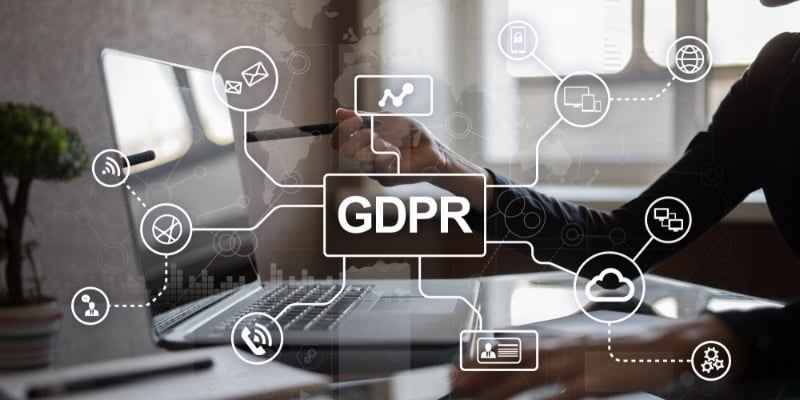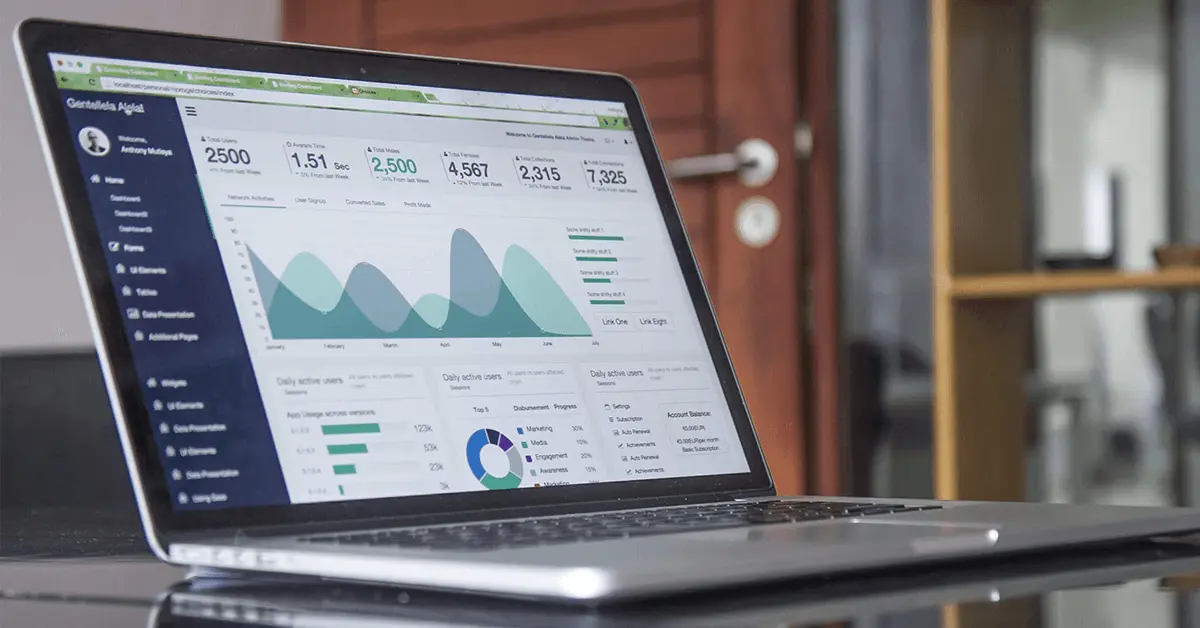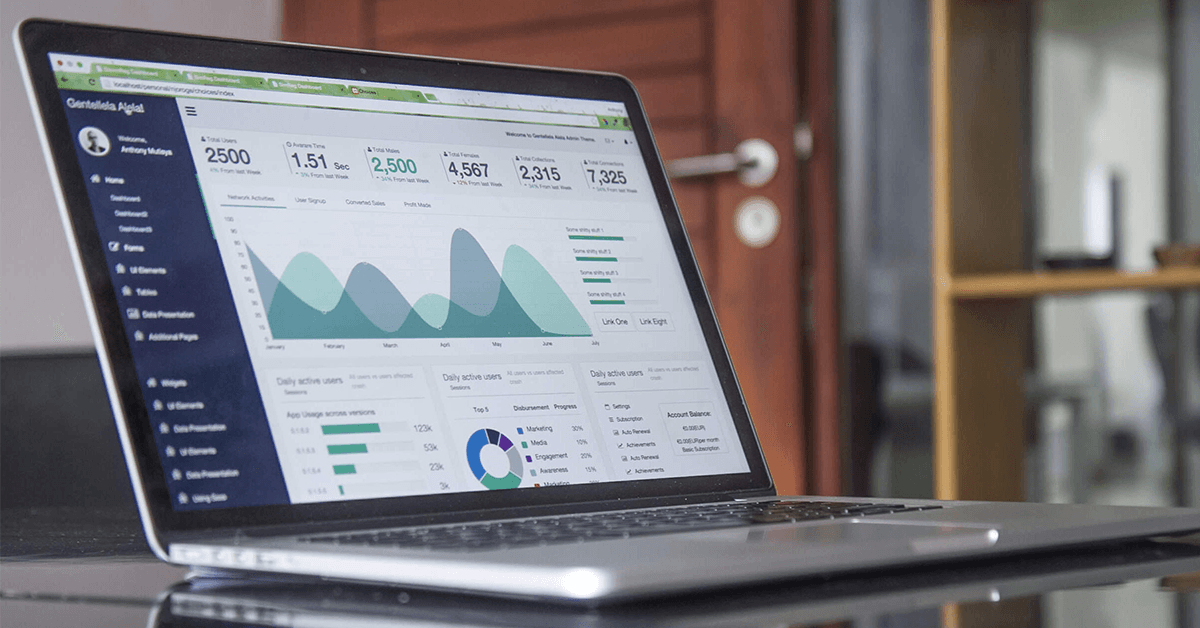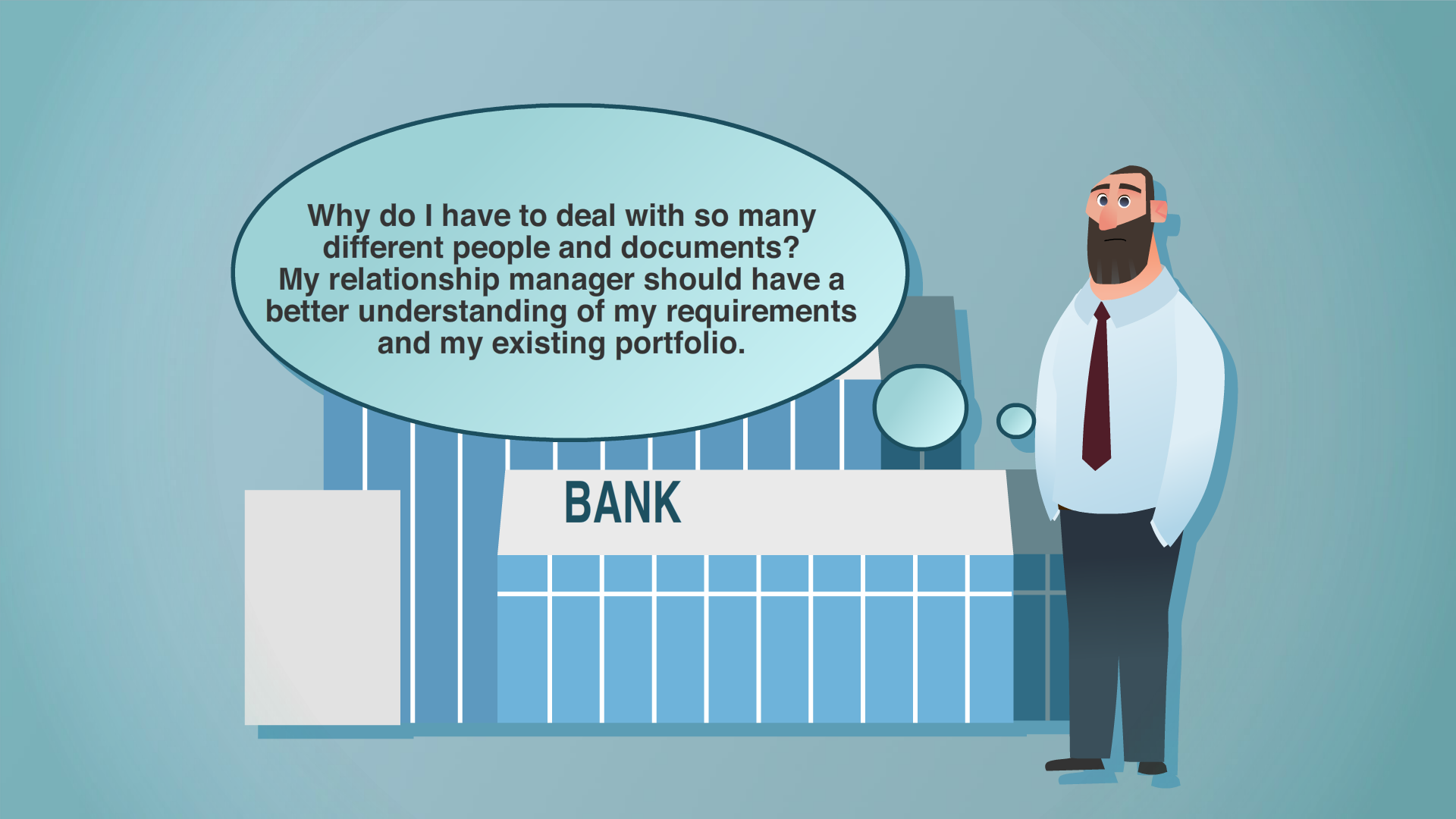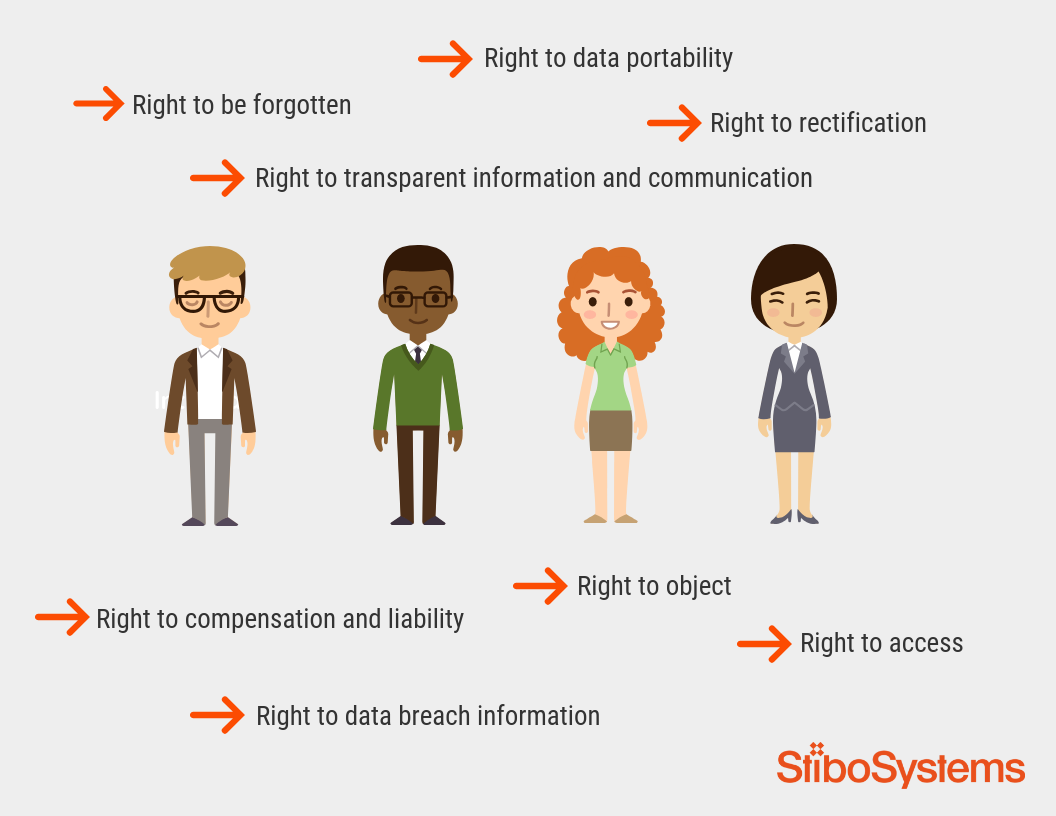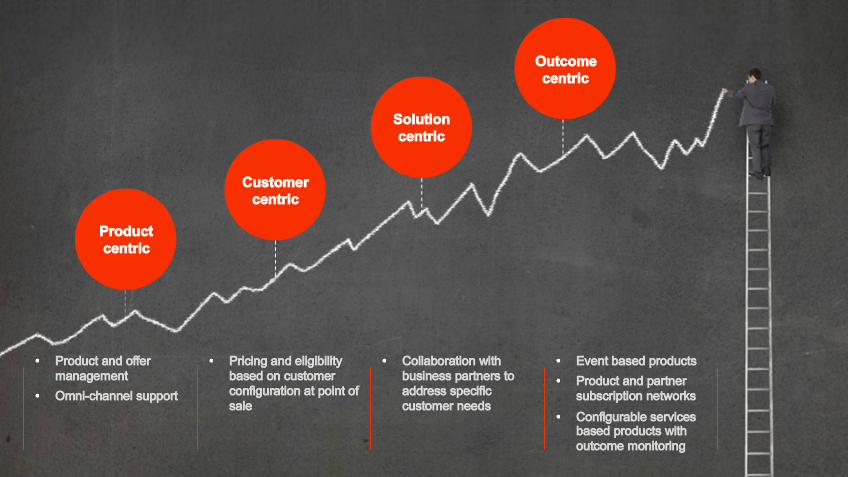In today's global marketplace, managing the performance of suppliers has become increasingly important for organizations across industries. Supplier performance management refers to the process of measuring, monitoring and improving the performance of suppliers to ensure that they meet the organization's needs and standards. Effective supplier performance management can help organizations to reduce risk, improve quality and drive cost savings, while also building stronger and more collaborative relationships with suppliers. However, implementing an effective supplier performance management program can be complex and challenging, requiring careful planning and ongoing management.
In this blog post, we will explore the importance of supplier performance management, the benefits it can deliver and best practices for developing an effective supplier performance management strategy. We will also discuss some of the challenges organizations may face when implementing supplier performance management and provide guidance on how to overcome them.

What is supplier performance management?
Supplier performance management is the process of assessing, monitoring and managing the performance of suppliers in order to ensure that they meet or exceed contractual requirements and deliver goods and services on time within budget and with the required quality levels.
Supplier performance management involves establishing performance metrics, setting goals and implementing processes to measure and track supplier performance over time. The metrics used to measure supplier performance may include factors such as quality, delivery performance, cost, responsiveness, innovation and sustainability.
The goal of supplier performance management is to optimize the performance of suppliers, minimize risk and ensure that suppliers are aligned with the needs of the organization. By monitoring and managing supplier performance, organizations can identify areas for improvement, strengthen supplier relationships and ultimately, enhance the quality and value of the goods and services they receive from suppliers.
What is the difference between supplier performance management and supplier relationship management?
Supplier performance management and supplier relationship management are related concepts, but they have different focuses and objectives.
Supplier performance management is primarily concerned with measuring and evaluating the performance of suppliers against pre-defined metrics such as quality, cost, delivery and innovation. It is a process of tracking supplier performance, identifying areas for improvement and ensuring that suppliers meet contractual obligations. The main goal of supplier performance management is to optimize supplier performance and minimize risk.
On the other hand, supplier relationship management is a broader concept that encompasses all the activities involved in managing relationships with suppliers. Supplier relationship management involves building and maintaining collaborative relationships with suppliers, understanding their capabilities and needs and working together to achieve mutual benefits. Supplier relationship management focuses on improving communication, building trust and creating value through collaboration and innovation.
While supplier performance management is an important aspect of supplier relationship management, it is only one component of a broader relationship management strategy. Supplier relationship management involves a more holistic approach to supplier management, where the focus is on building strong relationships with suppliers that deliver long-term benefits for both parties.
In summary, supplier performance management is focused on measuring and evaluating supplier performance, while supplier relationship management is concerned with building and maintaining strong relationships with suppliers to achieve mutual benefits.
Why is supplier performance management important?
Supplier performance management is important for a number of reasons:
-
Quality: Supplier performance management ensures that suppliers are meeting quality requirements and delivering goods and services that meet the needs of the organization. This helps to minimize defects, improve product quality and increase customer satisfaction.
-
Cost savings: By monitoring supplier performance, organizations can identify areas for improvement and negotiate better prices with suppliers. This can help to reduce costs and increase profitability.
-
Risk management: Supplier performance management helps to minimize risk by identifying potential issues with suppliers before they become major problems. This can include issues such as late deliveries, poor quality and ethical or legal violations.
-
Continuous improvement: Supplier performance management provides a framework for ongoing improvement by establishing performance metrics and tracking supplier performance over time. This helps to identify areas for improvement and drive innovation.
-
Supplier relationships: Supplier performance management can help to build stronger relationships with suppliers by providing clear expectations, regular communication and opportunities for feedback. This can lead to more collaborative and productive relationships with suppliers.
Overall, supplier performance management is an important process for ensuring that suppliers are meeting contractual obligations, delivering quality goods and services and providing value to the organization. By effectively managing supplier performance, organizations can improve quality, reduce costs, mitigate risk and build stronger relationships with suppliers.
Challenges in supplier performance management
Supplier performance management can be a complex and challenging process, with several potential obstacles and difficulties that organizations may face. Here are some common challenges in supplier performance management:
-
Data quality: Gathering accurate and reliable data on supplier performance can be challenging. Suppliers may not provide complete or accurate dat, or data may be difficult to compare across suppliers.
-
Performance metrics: Selecting appropriate performance metrics can be difficult as different suppliers may have different strengths and weaknesses. It can also be challenging to establish fair and consistent performance metrics across all suppliers.
-
Lack of supplier buy-in: Suppliers may be resistant to supplier performance management, particularly if they feel that the metrics or goals are unreasonable or that the program is too time-consuming.
-
Limited resources: Implementing an effective supplier performance management program requires resources, including personnel, time and technology. Organizations may face challenges in allocating the necessary resources to supplier performance management.
-
Cultural differences: Cultural differences between organizations and their suppliers can create challenges in communication, understanding and collaboration.
-
Limited visibility: Limited visibility into supplier operations and processes can make it difficult to assess supplier performance accurately.
-
Lack of alignment: Lack of alignment between the organization's goals and those of its suppliers can make it difficult to establish meaningful performance metrics and goals.
-
Risk management: Identifying and managing supplier risk can be challenging, particularly in complex supply chains where multiple suppliers are involved.
Overall, while supplier performance management can deliver significant benefits, it requires careful planning, implementation and ongoing management to address the challenges and ensure success.
What are the benefits of supplier performance management?
The benefits of supplier performance management can be significant for organizations that implement it effectively. Some of the key benefits of supplier performance management include:
-
Improved quality: Supplier performance management helps to ensure that suppliers are meeting quality requirements and delivering goods and services that meet the needs of the organization. This can help to minimize defects, improve product quality and increase customer satisfaction.
-
Cost savings: By monitoring supplier performance, organizations can identify areas for improvement and negotiate better prices with suppliers. This can help to reduce costs and increase profitability.
-
Risk management: Supplier performance management helps to minimize risk by identifying potential issues with suppliers before they become major problems. This can include issues such as late deliveries, poor quality and ethical or legal violations.
-
Continuous improvement: Supplier performance management provides a framework for ongoing improvement by establishing performance metrics and tracking supplier performance over time. This helps to identify areas for improvement and drive innovation.
-
Supplier relationships: Supplier performance management can help to build stronger relationships with suppliers by providing clear expectations, regular communication and opportunities for feedback. This can lead to more collaborative and productive relationships with suppliers.
-
Competitive advantage: By optimizing supplier performance, organizations can gain a competitive advantage by delivering higher quality products and services, reducing costs and improving customer satisfaction.
Overall, the benefits of supplier performance management can help organizations to optimize supplier performance, minimize risk and improve the quality and value of the goods and services they receive from suppliers.
How to build an effective supplier performance management strategy?
Building an effective supplier performance management strategy involves several key steps:
1. Define performance metrics
The first step is to define the performance metrics that will be used to measure supplier performance. This should include both quantitative metrics (such as on-time delivery, defect rate and cost) and qualitative metrics (such as communication, responsiveness and innovation).
2. Set performance goals
Once performance metrics have been established, set performance goals for each metric. These goals should be specific, measurable, achievable, relevant and time-bound (SMART).
3. Establish a monitoring process
Develop a process for monitoring supplier performance against the established metrics and goals. This should include regular performance reviews, data collection and analysis.
4. Provide feedback
Provide regular feedback to suppliers on their performance, including both positive feedback and areas for improvement. This can help to build a more collaborative relationship with suppliers and drive continuous improvement.
5. Implement corrective actions
When performance issues are identified, implement corrective actions to address the root cause of the issue and prevent it from happening again in the future.
6. Continuously improve
Continuously review and improve the supplier performance management strategy over time, based on feedback from suppliers and internal stakeholders as well as changes in the business environment.
7. Build strong supplier relationships
Strong relationships with suppliers are essential for effective supplier performance management. Build trust and collaborate with suppliers to ensure that they understand the organization's needs and can deliver the desired outcomes.
Overall, an effective supplier performance management strategy involves setting clear performance metrics and goals, establishing a monitoring process, providing regular feedback, implementing corrective actions and continuously improving the strategy over time. Strong relationships with suppliers are also essential for successful supplier performance management.
Supplier performance management best practices
Here are some supplier performance management best practices that can help to ensure an effective and successful program:
-
Establish clear expectations: Clearly communicate your expectations to suppliers upfront. This includes specifications for quality, delivery and pricing as well as any regulatory or compliance requirements.
-
Develop a supplier scorecard: A supplier scorecard helps to track and measure supplier performance against established metrics. This can help to identify areas for improvement and monitor progress over time.
-
Conduct regular supplier assessments: Regular assessments of supplier performance can help to identify areas for improvement and provide feedback to suppliers. Assessments should be conducted using a standardized approach to ensure consistency.
-
Foster collaboration: Foster collaboration between your organization and suppliers. Encourage open communication and establish regular meetings to discuss performance and opportunities for improvement.
-
Implement a corrective action process: A corrective action process should be established to address performance issues when they arise. The process should include root cause analysis, corrective action planning and follow-up to ensure that the issue has been resolved.
-
Use technology to automate processes: Technology can be used to automate many supplier performance management processes, including data collection and analysis, supplier assessments and scorecard reporting.
-
Develop a supplier development program: A supplier development program can help to build supplier capabilities and improve performance over time. The program should be tailored to the specific needs of each supplier and include training, mentoring and other support.
-
Continuously monitor and improve: Supplier performance management should be a continuous improvement process. Regularly monitor supplier performance and identify opportunities for improvement. Use feedback from suppliers and internal stakeholders to refine the supplier performance management program over time.
Overall, implementing these supplier performance management best practices can help to ensure an effective and successful program that improves supplier performance, reduces risk and drives value for the organization.






















































































































































